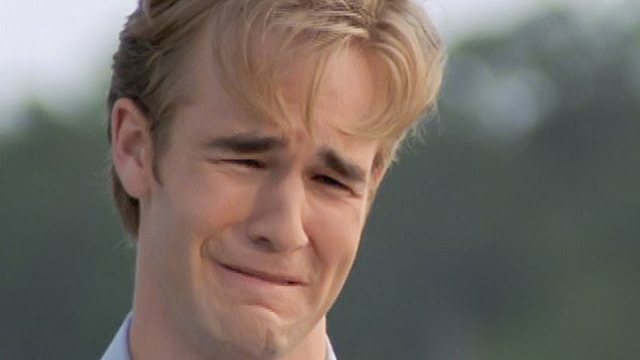Aside from being the title of a classic dance hit by New Order, the phrase “Blue Monday” is often used in reference to having feelings of sadness and anxiety upon returning to work in the beginning of the week; however, one specific Monday was singled out in recent years as being the bluest of them all: The third Monday of January.
This day was determined by Cliff Arnall, former part-time psychology lecturer at Cardiff University in the United Kingdom. Arnall’s work was commissioned by a travel agency searching for the most depressing day of the year in order to market vacations. Claiming to be mathematically calculated, his ‘formula’ took into account January’s gloomy weather, the post-holiday slump and its associated financial debt, the stress of the New Year, resolutions, as well as motivation (or lack thereof).
Other companies soon picked up Arnall’s Blue Monday as a depressing truth for PR purposes, but it was eventually met with criticism. Many pointed out that Arnall’s equation is nonsensical with no real scientific basis, and the factors he used to create the formula are ambiguous and unquantifiable. Indeed, Arnall does not even state the units of measurement for his formula.
“I believe strongly that pseudoscience (like this equation) regularly presented as genuine science in the mainstream media harms the public understanding of science and psychology,” wrote Dean Burnett, a professor at Cardiff University, in The Guardian in 2012.
Burnett further explained that it is impossible for a reliable set of external factors, like those used by Arnall, to influence a population at the same time every year.
Arnall himself has denounced his whole claim, as Blue Monday picked up attention in Britain, continuing to trend in headlines and social media even today, 10 years after its creation in 2005.
“I’m pleased about the impact if it means people are talking about depression and how they feel, but I’m also encouraging people to refute the whole notion of there being a most depressing day and to use the day as a springboard for the things that really matter in your life,” Arnell said to The Telegraph in 2012.
Despite this, many might agree that January boasts some of the saddest days, especially as temperatures dip and school or work begins again. This might be attributed to cases of Seasonal Affect Disorder (SAD). This is a condition in which people’s moods are negatively affected by seasonal patterns, such as shorter and darker days in the winter.
The Canadian Mental Health Association notes that sufferers of SAD might experience fatigue, sadness, apathy, depression, and in extreme cases, suicidal ideation. As much as four per cent of Canadians become clinically depressed in the winter, while 10 to 15 per cent suffer from a milder form of SAD called sub-syndromal SAD. This seasonal mood change occurs because human serotonin levels are influenced by light, as the receptors in human retinas activate pathways responsible for making serotonin.
Lack of sunlight is often associated with the disorder, and light therapy is increasingly being used to combat symptoms. In fact, two public libraries in Winnipeg and one in Edmonton will soon install new sets of sun lamps to help those with SAD. Similarly, Montreal’s Quartier des Spectacles includes “Luminothérapie” art installations every winter to brighten public spaces, and the McGill Psychology Students’ Association recently added a ‘happy lamp,’ to their office (located in Stewart Biological Sciences Building, room N7/8). Other methods of prevention include exercise, spending time outdoors or near windows, and seeking counselling.
While it is definitely fiction that some arbitrary date in January is the saddest of the year, many do understandably feel blue during winter months. Especially here in Montreal, it is important to remember to embrace this cold season by enjoying winter activities like ice-skating or skiing, spending cozy nights in with friends and hot drinks, or even by simply admiring the snowfalls that make winter so beautiful.








